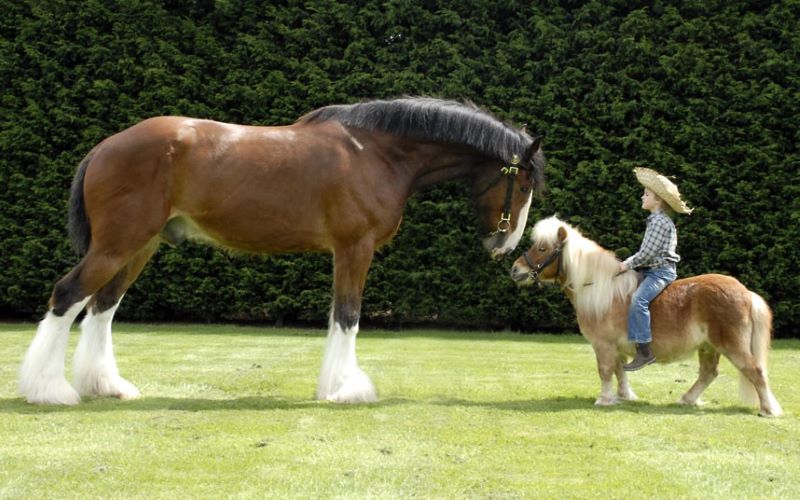The five pairs of crab legs (including claws) attached to each side of the abdomen bend in the same way as our knees, except that they articulate only to the left or right. So try to walk straight with your knees pointing outwards, you’ll see!
Having their legs on their side corresponds to this elongated shape that the crab has worked on during its evolution. A question that raises many questions and yet the answer feeds common sense: crabs spend much of their lives hiding under the sand and hiding under the rocks. Over time, it has developed a thick, long and flat body that makes it easier for it to crawl under the sand, hide there and escape from its predators (mostly birds). Strong this crustacean but not very flexible unfortunately…

As useless as it is difficult, the crab can walk straight or even rotate on itself if it has no choice. But why walk straight if he can move sideways, especially since he can reach a speed of 2 meters / second on his side, fast for a being as small and far from moving like a penguin! He simply doesn’t need to walk that fast. The crab is a scavenger, so it doesn’t hunt a lot of prey and doesn’t need to be a great runner. Being able to hide is more useful to him.
There may be another explanation for the crab’s lateral walk. By moving sideways, the crab avoids exposing defenceless areas of its body, such as eyes or antennae.
The Australian Mictyris longicarpus, otherwise known as the “soldier crab”, has a longer than wide carapace that allows it to move straight on its legs. This is also the case for lobsters with the same carapace shape. However, their cruising speed is reduced because the resistance of the body is not the same from front to back as from left to right.





